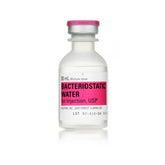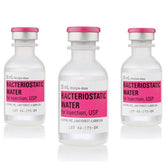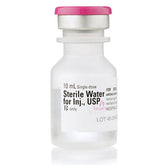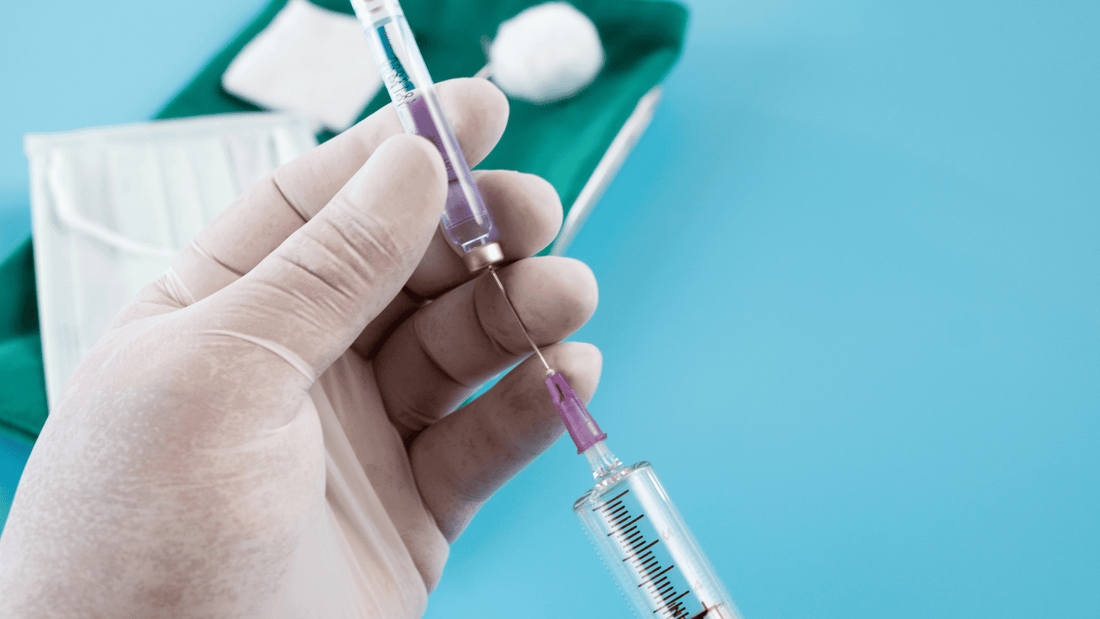Hypodermic needles are a common sight in the medical world. From vaccinations and blood tests to drug administrations, these slender, hollow tubes play an integral role in healthcare. While their ubiquitous presence may seem alarming to some, understanding their structure, operation, and safety measures can help alleviate any concerns one may have.
Before diving into the top ten frequently asked questions about hypodermic needles, it's crucial to acknowledge the critical role they play. Their utility extends beyond hospital wards into homes, where they facilitate insulin injections for diabetics, among other uses. Let's delve into these questions to get a clearer picture.
Question 1: What is a hypodermic needle and how does it work?
A hypodermic needle is a hollow, cylindrical tube with a sharp point on one end and a fitting for a syringe on the other. The concept of the hypodermic needle dates back to the mid-19th century, when Irish physician Francis Rynd first used it to inject a neuralgia-inducing medication.
The needle works by penetrating the skin and underlying tissues, allowing the direct injection of substances into the body. Upon insertion, the fluid in the syringe is forced through the needle into the body, typically into a blood vessel or muscle tissue.
Question 2: Are there different types of hypodermic needles?
Yes, there are indeed several types of hypodermic needles, each tailored for specific medical applications. These types can differ based on their size, length, gauge (thickness), and tip design. The common types include insulin needles, pen needles, and safety needles.
Insulin needles are used for insulin injections, typically self-administered by diabetic patients. Pen needles, often used with insulin pens, are popular due to their convenience and ease of use. Safety needles come with a safety mechanism to prevent accidental needlestick injuries and disease transmission.
Question 3: Do hypodermic needles hurt?
The sensation experienced during a needle insertion varies greatly from person to person. While some may feel a slight pinch, others may experience more discomfort. Several factors influence this, including needle size, technique used, and individual pain tolerance.
Healthcare providers are trained to minimize pain during needle procedures. Topical anesthetics or cooling sprays can also be used to numb the skin before insertion. The use of thinner, shorter needles has also helped reduce discomfort significantly.
Question 4: Why are there different sizes of hypodermic needles?
The variations in hypodermic needle sizes address different medical needs. The needle's length affects how deep it penetrates the body, while the gauge (thickness) determines the size of the puncture made.
A longer, thicker needle may be used for intramuscular injections, while shorter, thinner needles are typically used for subcutaneous injections, such as insulin. It is crucial to use the appropriate needle size for each procedure to ensure effectiveness and comfort.
Question 5: How safe are hypodermic needles?
Modern hypodermic needles are incredibly safe. They are sterile, single-use instruments manufactured to meet high safety standards. They come pre-packaged in a sealed, sterile container and should be discarded immediately after use.
The use of safety-engineered needles, which include features like needle shields and retractable needles, has significantly reduced the risk of accidental needlestick injuries among healthcare workers.
Question 6: How should hypodermic needles be disposed of safely?
Proper disposal of hypodermic needles is crucial to prevent needlestick injuries and the spread of infections. Used needles should never be thrown into regular trash. Instead, they should be placed in a designated sharps container, a sturdy, puncture-resistant container made specifically for disposing of sharps waste.
In many places, pharmacies and community health centers provide these containers and offer disposal services. It's always a good idea to check local regulations regarding needle disposal as they can vary from place to place.
Question 7: Can hypodermic needles be reused?
As a rule, hypodermic needles should not be reused. Reusing needles increases the risk of infection and reduces their effectiveness. Each time a needle penetrates the skin, its tip becomes slightly blunted. Repeated use can cause a needle to become significantly dull, causing more pain during injection.
The World Health Organization and other health bodies strongly advise against the reuse of hypodermic needles to prevent disease transmission, particularly HIV and hepatitis.
Question 8: What is the role of hypodermic needles in vaccinations?
Hypodermic needles are essential tools in the administration of vaccines. They allow vaccines to be delivered directly into the body, usually into muscle or fatty tissue, where the immune system responds most effectively.
While needle-free vaccination technologies exist, such as nasal sprays or oral vaccines, they are not suitable for all types of vaccines. The majority of vaccinations still rely on hypodermic needles for their administration.
Question 9: Are there any alternatives to hypodermic needles?
Yes, various needle-free drug delivery methods have been developed over the years. These include transdermal patches, inhalation devices, and oral formulations, to name a few. However, each has its pros and cons.
Transdermal patches, for instance, allow for continuous, slow release of medication, but are unsuitable for drugs that cannot be absorbed through the skin. Inhalation devices are excellent for respiratory drugs, but less effective for systemic medication. Despite these alternatives, hypodermic needles remain the most versatile and effective means of drug delivery for many medications.
Question 10: What future advancements are expected in the technology of hypodermic needles?
There is a significant amount of research and development ongoing in the field of hypodermic needles. Some promising future advancements include microneedles, which can painlessly deliver medication through the skin, and smart needles equipped with sensors to guide injections.
The impact of these advancements could be substantial, potentially improving patient comfort, medication adherence, and overall health outcomes.
The Takeaway
While the sight of hypodermic needles may still induce unease in some, it's undeniable that they serve a vital purpose in healthcare. By gaining a better understanding of their structure, function, and safety measures, we can demystify them and appreciate their role in keeping us healthy.
From their use in life-saving vaccinations to routine blood tests, hypodermic needles prove to be essential tools in medicine. As we look forward to advancements in this field, we can anticipate an era where injections become increasingly safe, effective, and perhaps even painless.











